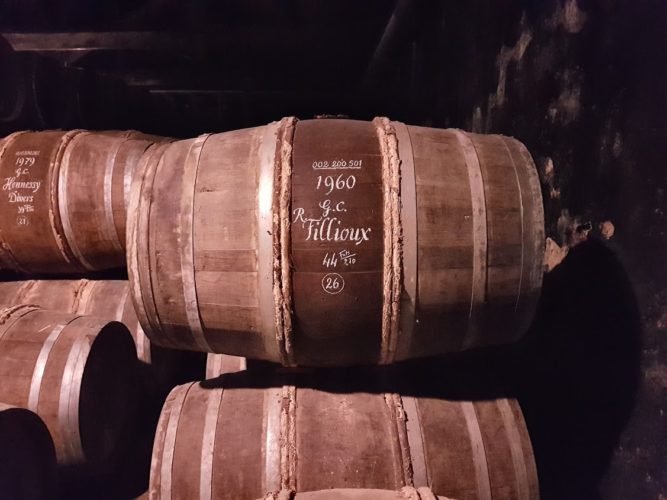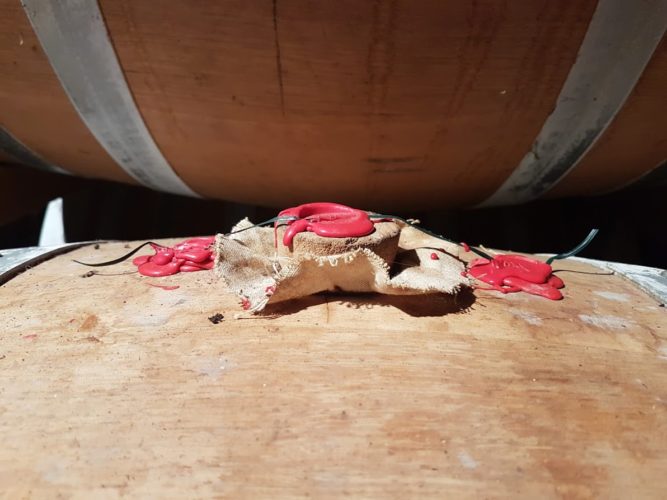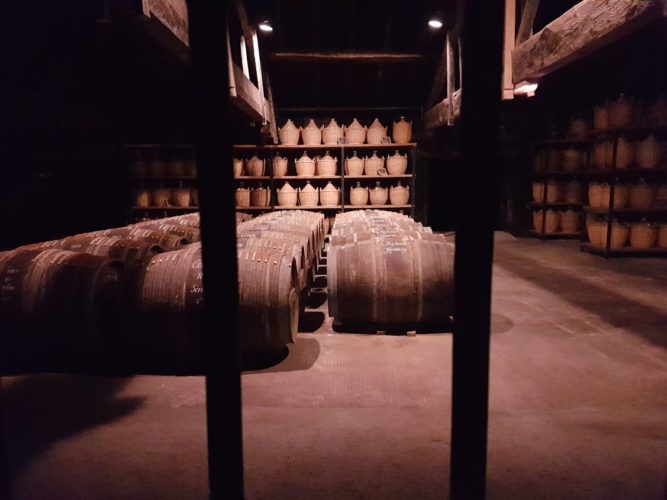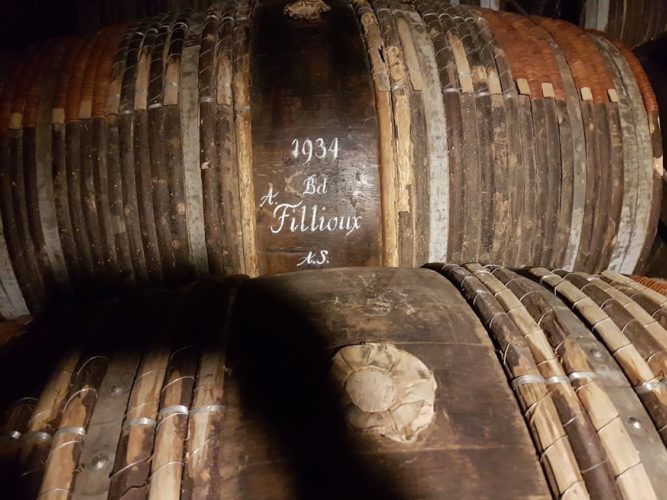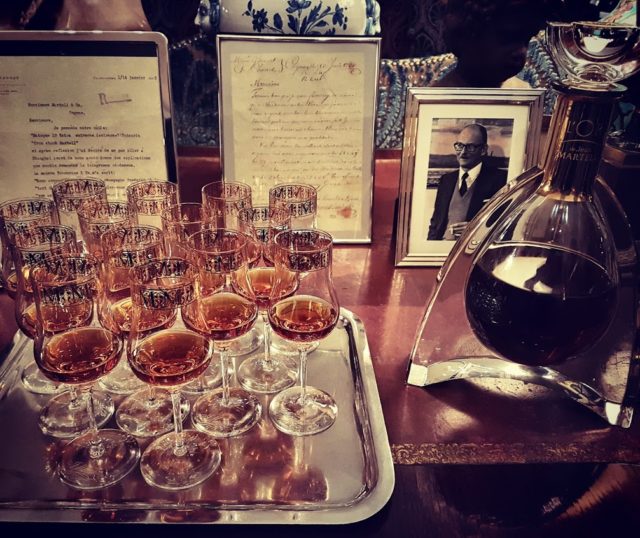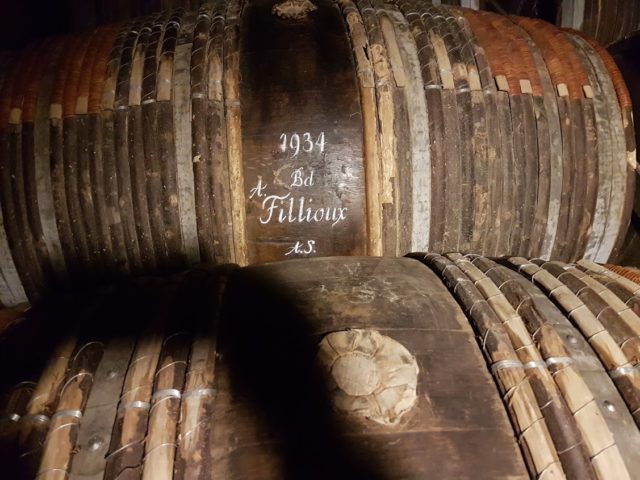Rancio charentais: The “rancid” of cognac.
Γιαννης Κοροβεσης•Articles
It is probably the most enigmatic and difficult term for someone to describe and explain regarding the production procedure in cognac, but also maybe to the whole world of this magic distillate. Rancio or rancio charentais is definitely the Holy Grail of, according to many, “the King of Spirits”, with scientists trying to explain, analyze and count it. We, as cognac lovers can just smell it, taste it and get lost in the magic of its’ tasting profile that is being characterized by this word, loan from the Spanish.
Rancio thus is the term being used to describe the rancid taste of the fortified wine port as it is aging. During my unique travel to the French Cognac and the broader area of the Charent -as part of my education and certification as a Cognac Educator- I had the opportunity to listen to the opinion of numerous producers and professionals being involved in the producing procedure of cognac. And, of course, to find out with my own mouth, the uniqueness of Rancio.
The tasting and aromatic profile of Rancio is said to have been discovered by luck, when at a given time eau de vies from some “forgotten” barrels have been opened and tasted at various cognac houses. These distillates has been discovered that had evolved a strange oxidization, that reminded of Madeira wine, as well as a “richness” at the palate, an incomparable tasting “body”.
Organoleptic evaluation of rancio
In organoleptic terms, Rancio is being detected in distillates of more than 15 years’ maturation in casks and its’ character has levels of development. At the first level (10 – 15 years of maturation) it can be understood through aromas of dried rose, dried nuts and seasonings. At the second level (17 – 22 years of maturation) in some distillates aromas of jasmine, chocolate, caramelized and dried fruits, saffron and ginger come up. At the third level (30 – 40 years of maturation) we discover aromas of aged port, cigar box, tobacco and nutmeg. While at the fourth and fifth level (50 – 60 years of maturation) aromas of tropical fruits and sandalwood are created. Some speak of umami aromas too and tastes of truffle, Roquefort and soy sauce, which I had the luck to smell myself in some of the cognacs I tasted. In any case, we are talking about a great range of aromas that are difficulty categorized.
Rancio Charentais: It’s all about bio-chemistry
If we try to give a chemical explanation for the evolution of Rancio aromas in wine distillates, then we should have to talk about the oily acids that are being oxidized through the years and create the organic compounds called methyl ketones. These are responsible for the body we feel in our mouths when we are tasting such a cognac. During a masterclass I attended in one of the houses I visited, a diagram has been present to me with the growing of 4 methyl ketones appearing throughout the life of a cognac (2-tridecanone, 2-undecanone, 2-nonanone, 2-heptanoe). Interesting was the fact that after 70 – 80 years, the concentration of these methyl ketones started to reduce, with their “peak” being defined as a result by that age. More than clear is that methyl ketones cannot be the only characteristic of Rancio, it is also the interaction with the rest aromatic compounds: esters, aldehydes, phenols and others.
The micro climate or terroir of different viticultural zones of the broader Charent area also plays its’ role to the development of Rancio. It is said that the spirits from Grande and Petite Champagne need as a rule more years of maturation, but produce more complex distillates. Perhaps, if we want to be more accurate, the distillates from these areas are of more interest when they mature for more years.
At last, some combine the development of Rancio with the choice of some Cognac houses to distil their spirits with the dead yeasts of the fermentation inside the still (sur lie). A technique that almost divides the distillers in separate mentalities. The yeasts that actually add an unpleasant scent of soap to the young spirit, are said to result in the complex character and full body of Rancio after some years of maturation.
In any case, Rancio is an indication of quality and distinction between the poorest, young brandies with the “gadabut” gout de terroir, the taste of the micro climate and the serious eau de vies that are being aged. The latter ones show their depth and complexity through the ceaseless tasting paths that only some few lucky people have the chance to taste in their lives.
Translation by Eleni Tsirimokou



